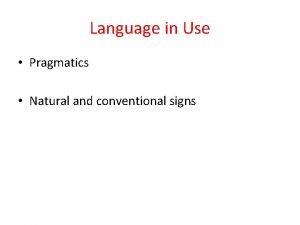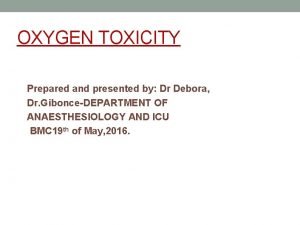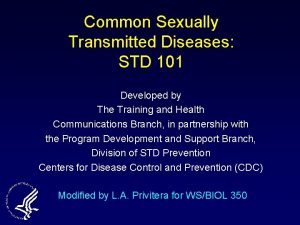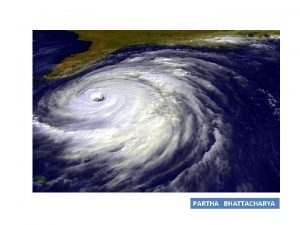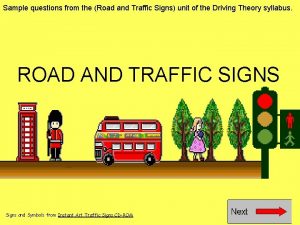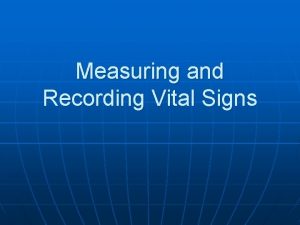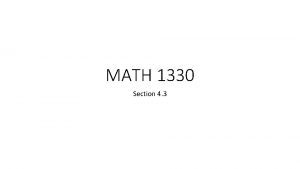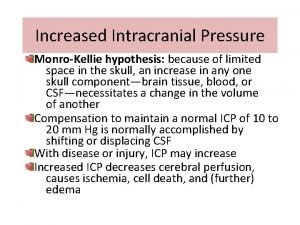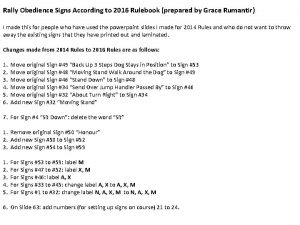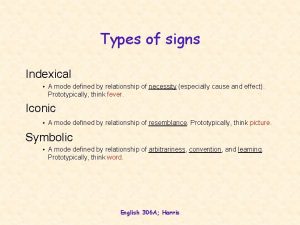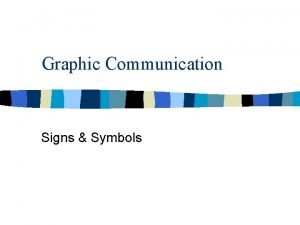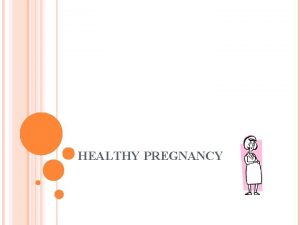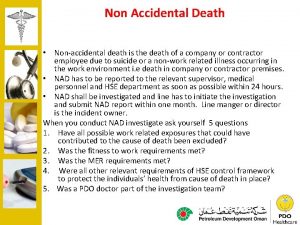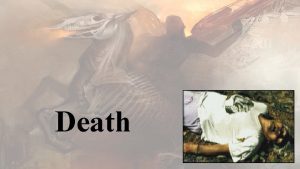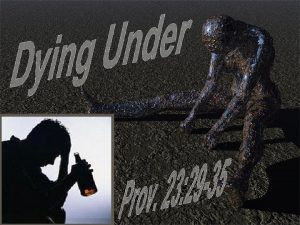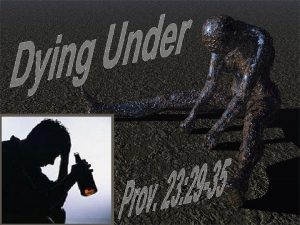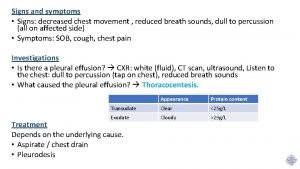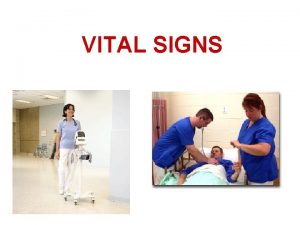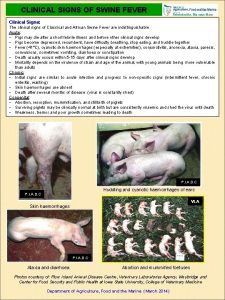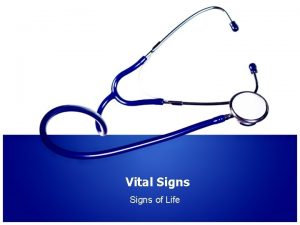Early signs of death EARLY SIGNS OF DEATH
























- Slides: 24

Early signs of death

EARLY SIGNS OF DEATH Mate Žaja Mentor: A. Žmegač Horvat early changes rigor mortis cadaveric rigidity post-mortem hypostasis cooling of the body

Early changes no corneal reflex pupils stop reacting to light “trucking” or “shunting” of the retinal vessels (fragmentation of columns of blood) loss of intraocular tension

Early changes primary flaccidity ◦ complete loss of tone ◦ may retain reactivity ◦ may respond to touch and other forms of stimulation hours after cardiac arrest ◦ focal twitching decreases with time (discharges of dying motor neurons)

Early changes paleness of the skin, conjuctivae and mucous membranes ◦ fall of blood pressure and cessation of circulation of the blood ◦ skin of the face and the lips may remain red or blue in hypoxic/congestive deaths

Early changes hair does not continue to grow after death because hair follicles die at the same time as the rest of the skin

Early changes loss of muscle tone in the sphincters (voiding of urine) emission of semen regurgitation ◦ very common feature of terminal collapse ◦ common complication of resuscitation

Rigor mortis O₂ ATP anoxic pathway of energy production cell acidity binding of actin and myosin fibres and formation of gel stiffness of muscles (isometric contraction)

Rigor mortis first the smaller muscle groups ◦ around the eyes ◦ around the mouth ◦ jaw ◦ fingers from the head to the legs

Rigor mortis estimation of time of death ◦ it should never be used alone variable process affected by temperature ◦ the colder the temperature the slower the reactions

Rigor mortis standard conditions for temperature and pressure (STP) face: 1 to 4 hours 20°C 101, 325 k. Pa limbs: 4 to 6 hours temperate ◦ ◦ strength conditions increases next 6 to 12 hours secondary flaccidity: 24 to 50 hours

Rigor mortis ◦ ◦ warm and flaccid – less than 3 hours warm and stiff – 3 to 8 hours cold and stiff – 8 to 36 hours cold and flaccid – more than 36 hours

Cadaveric rigidity forensic rarity onset immediately at death high levels of emotional or physical stress immediately before death ◦ drowning ◦ battlefield casualties ◦ suicidal shooting possibly neurogenic mechanism

Post-mortem hypostasis post-mortem lividity or suggilation passive settling of blood under the influence of gravity pink or bluish colour change of the lowest areas

Post-mortem hypostasis cessation of circulation relaxation of muscular tone of the vascular bed simple fluid movement within the blood vessels

Post-mortem hypostasis may be absent due to: ◦ age – very young or very old ◦ anaemia ◦ severe blood loss may be masked due to: ◦ dark skin colour ◦ jaundice ◦ some dermatological conditions

Post-mortem hypostasis compressed (blanching): ◦ surface ◦ clothing ◦ body areas remain pale

position of the body

Post-mortem hypostasis colour of hypostasis: ◦ from pink to dark pink to deep purple ◦ blue - some congestive hypoxic states ◦ cherry pink – carbon monoxide poisoning ◦ dark red (brick red) – cyanide poisoning ◦ bronze - Clostridium perfringens infection

Post-mortem hypostasis hypothermia: ◦ usual colour can be unusually pink ◦ unusual distribution around large joints and over dependent areas of the body

Post-mortem hypostasis no significant role in determining time of death affected by the movement of the body (even after normal post-mortem coagulation of the blood)

Cooling of the body indicator of the time of death based only on three forensic assumptions: ◦ 37°C at the time of death ◦ extrapolation of temperature and applying it to the non-uniform body as a whole (more readings are optional) ◦ thermally static environment

Cooling of the body other ◦ ◦ ◦ ◦ ◦ variables and factors: mass of the body mass/surface area body temperature at the time of death site of reading body temperature posture of the body – extended or curled clothing – material, position on the body, lack of it obesity emaciation – lack of muscle bulk environmental temperature winds, draughts, rain, humidity

 Signs signs everywhere signs meaning
Signs signs everywhere signs meaning Railroad signs and meanings
Railroad signs and meanings The diamond shape is used exclusively for _____ signs
The diamond shape is used exclusively for _____ signs What is natural signs
What is natural signs örontemperatur
örontemperatur Breast cancer anatomy and early warning signs
Breast cancer anatomy and early warning signs Signs and symptoms of oxygen toxicity
Signs and symptoms of oxygen toxicity Signs of std in men
Signs of std in men Signs of obvious death
Signs of obvious death Signs of strangulation death
Signs of strangulation death Livor mortis
Livor mortis Early cpr and early defibrillation can: *
Early cpr and early defibrillation can: * Forensic pathology examples
Forensic pathology examples A short section of corrugated roadway
A short section of corrugated roadway What shape are traffic signs giving orders
What shape are traffic signs giving orders Regularity of the pulse or respirations
Regularity of the pulse or respirations Trigonometry signs
Trigonometry signs Intracranial hypertension
Intracranial hypertension Normal vital signs
Normal vital signs Examples of service excellence in healthcare
Examples of service excellence in healthcare Rally obedience signs
Rally obedience signs Signs of shock
Signs of shock Dick tracy warhol
Dick tracy warhol Indexical mode
Indexical mode Sapsac
Sapsac



